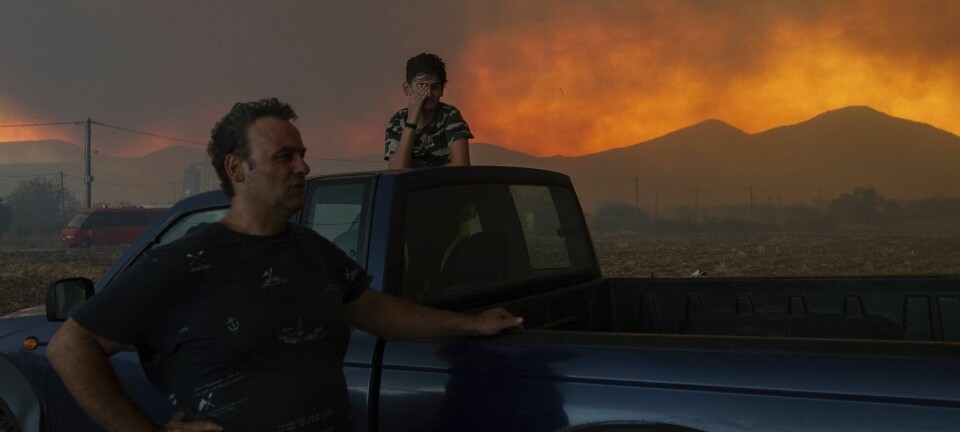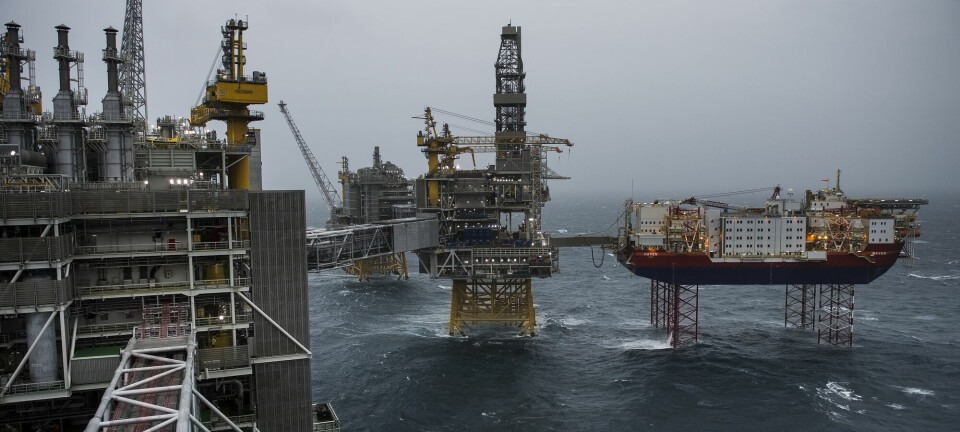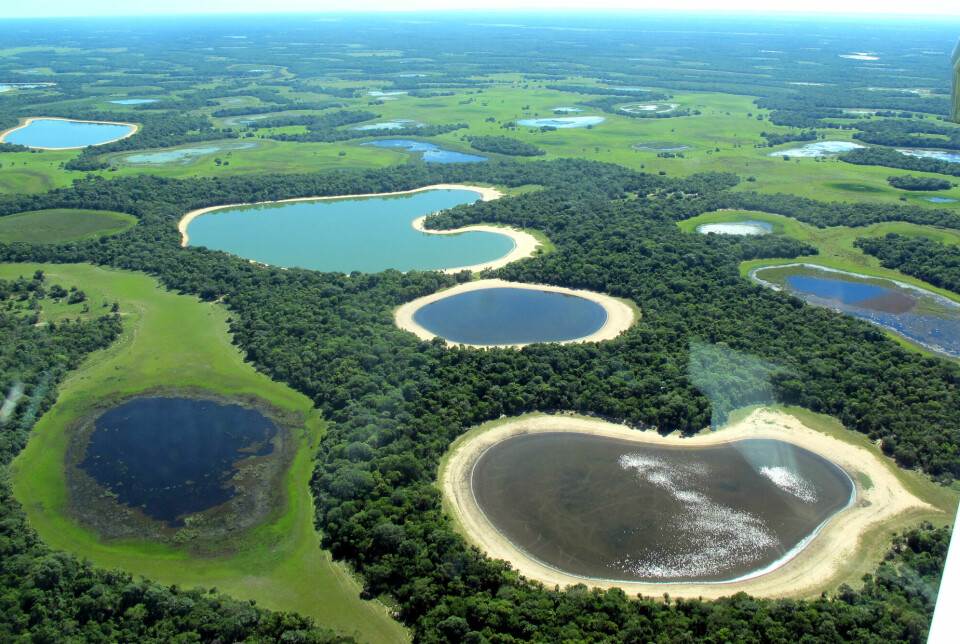
Why is there so much methane in the atmosphere right now?
The greenhouse gas methane is 28 times more powerful than CO2, and its presence is increasing in the atmosphere.
The main reason for the increase in methane is emissions from wetlands, which are expanding as the world warms, according to a research report from the Norwegian Institute for Air Research (NILU).
At the observaties Birkenes in southern Norway and Zeppelin in Svalbard, NILU measures greenhouse gases and particles in the atmosphere. These stations are part of a global network called ICOS.
The measurements show how emissions from all over the world are accumulating in the atmosphere, and in December 2023, the results from 2022 were published.
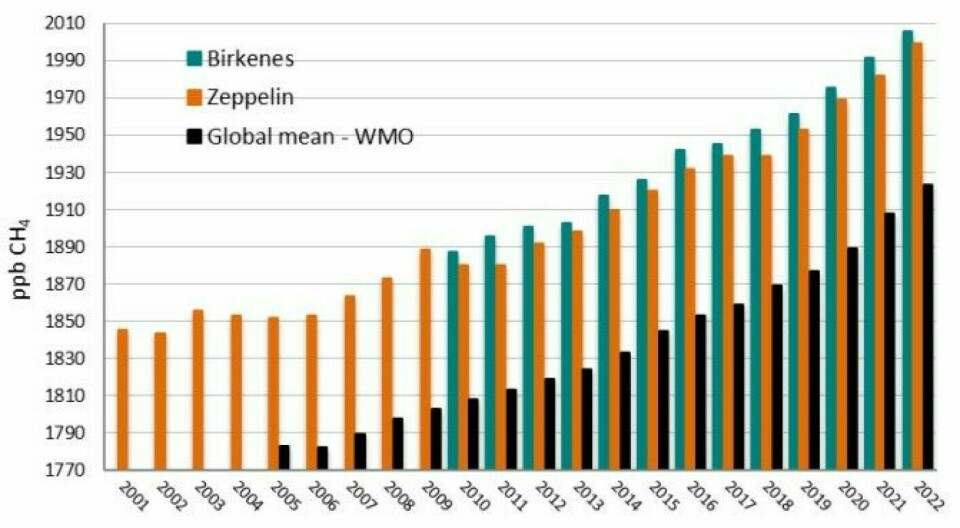
Emissions from tropical wetlands
The measurements from stations around the world show that methane levels have increased significantly since the early 2000s.
According to the report, the main reason is that more methane has been released from wetland areas such as bogs, shallow ponds, and lakes in tropical regions. And as it gets warmer, more is released.
“The temperature change leads to increased microbiological activity,” researcher Stephen Matthew Platt says. He is one of the researchers behind the new study.
Processes like decomposition in wetlands happen faster when it gets warmer.
Another reason for the increase in methane emissions is that permafrost has begun to thaw in the north.
“When the permafrost thaws, it also leads to more water on the surface, and this development is underway,” explains Platt.
Greater emission cuts are required
Platt points out that because it is difficult to do something about methane emissions from wetlands, the consequence is that these emissions must be more significantly reduced from other sources.
“Methane is a very potent greenhouse gas and is about 28 times more powerful than CO2. If emissions from wetlands continue to rise, we need greater cuts in methane either from man-made sources or in CO2 emissions to meet the goals of the Paris Agreement,” he says.
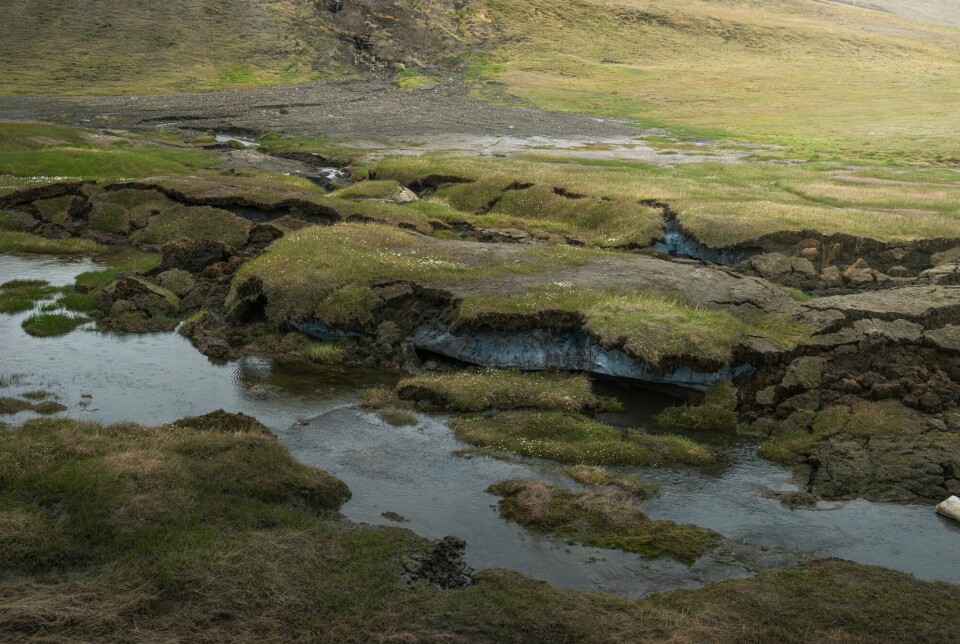
Following the Paris Agreement, Norway and 71 other countries have committed to reducing their emissions.
The agreement obligates all the countries that have signed to work towards halting the rise in global emissions as soon as possible. In the second half of this century, there should be a balance between emissions and the absorption of greenhouse gases.
Self-reinforcing mechanisms
In the report, the researchers point out that emissions of methane from bogs can lead to what the researchers call feedback mechanisms.
This means that a change in the climate system leads to another change that amplifies the original change.
In this case, emissions of methane from tropical wetlands lead to higher temperatures and more precipitation. This, in turn, causes the wetlands to grow and more methane to be emitted, contributing to even warmer and wetter conditions.
A similar mechanism is feared by researchers as more of the permafrost also thaws.
Here in the north, researchers are concerned about what they call thermokarst. It occurs when ice in the ground melts, creating depressions that evolve into ponds and lakes. This can cause the permafrost to melt even faster, which could lead to more methane gas being released.
“We found that when including thermokarst processes in our simulations, even cold permafrost in Northern Siberia could thaw at the end of this century, although the ground currently still has temperatures of minus ten degrees Celsius,” researcher Jan Nitzbon at the German Alfred Wegener Institute for Polar and Marine Research said in this sciencenorway.no article from the University of Oslo.
———
Translated by Alette Bjordal Gjellesvik
Read the Norwegian version of this article on forskning.no







